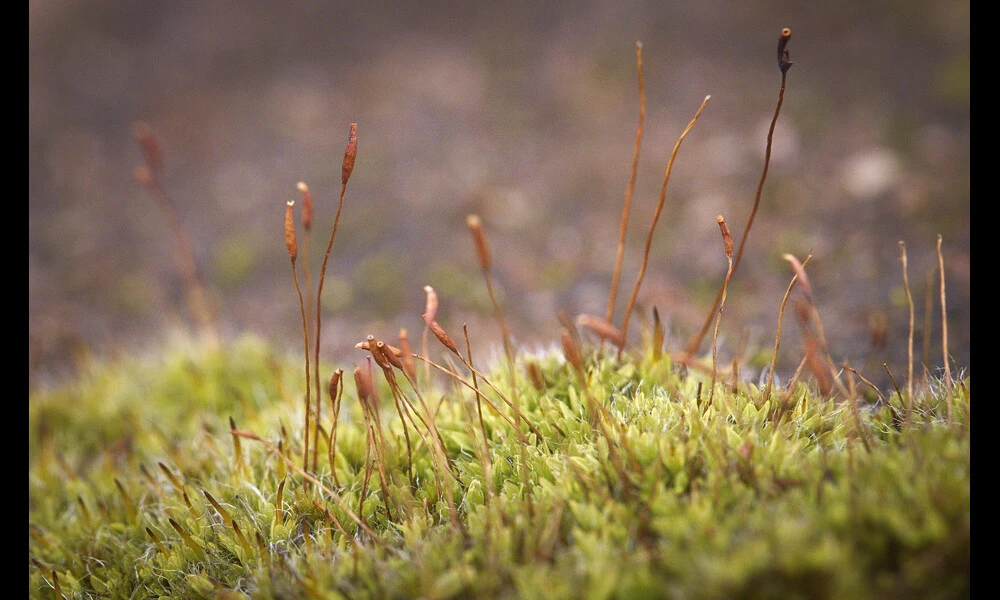New Gene Editing Tools for Sexually Dimorphic Moss
Published on Thu Oct 26 2023 Redshank moss | hedera.baltica on Flickr
Redshank moss | hedera.baltica on FlickrScientists have successfully developed CRISPR-Cas9 gene editing tools for the sexually dimorphic moss, Ceratodon purpureus, according to a preprint paper. The researchers generated knock-outs of a specific gene in the moss using CRISPR targeted mutagenesis. They also used the homology-directed repair pathway along with CRISPR-Cas9 to insert two reporter genes into a specific genomic region. These findings are significant because they pave the way for precise and powerful experiments aimed at identifying the genetic basis of key functional variation within mosses and between mosses and other land plants.
CRISPR-Cas9 is a powerful gene editing tool that allows scientists to make precise changes to an organism's DNA. It has been widely used in other model systems, but this study demonstrates its successful application in a sexually dimorphic moss species. The researchers were able to knockout a specific gene in the moss by creating double-stranded DNA breaks and repairing them using the moss's natural repair mechanisms. They also successfully inserted two reporter genes into a specific genomic region using the homology-directed repair pathway.
This research is important because mosses are a highly diverse group of plants that have not been extensively studied in terms of gene function. By developing CRISPR-Cas9 tools for mosses, scientists can now conduct functional genomic experiments to understand the genetic basis of key processes in these plants. This knowledge can then be applied to study the evolution and functionality of essential biological processes in mosses and other land plants.
In conclusion, this study demonstrates the successful development and application of CRISPR-Cas9 gene editing tools in the sexually dimorphic moss, Ceratodon purpureus. The researchers were able to knockout a specific gene and insert reporter genes into the moss's genome using CRISPR technology. These findings open up new avenues for research in mosses and provide valuable insights into the genetic basis of key functional variation within these plants and between mosses and other land plants.



